How Does Hyperspace Work In Star Wars?
Hyperspace is a separate dimension that ships in Star Wars access to travel faster than light.
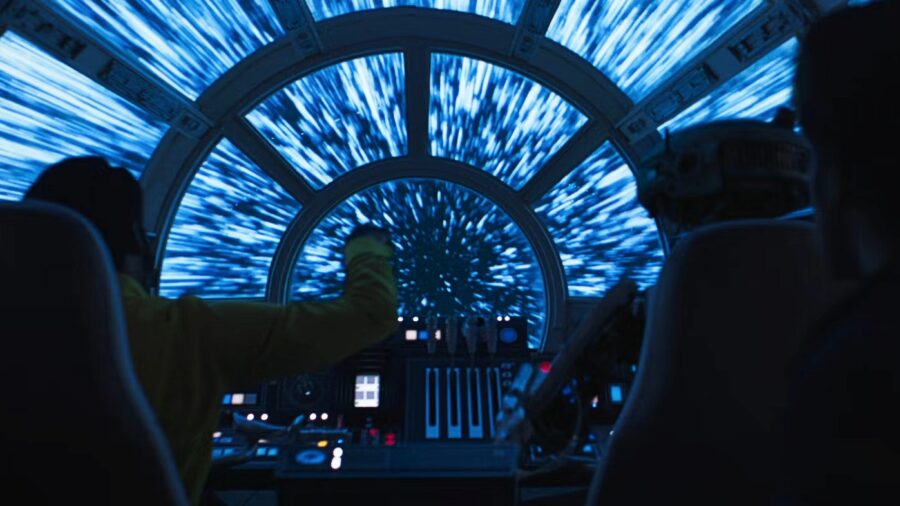
No matter how much you enjoy science fiction like Star Trek, there comes a point where you start asking that really annoying question: how is all of this supposed to work, anyway? For example, just when fans thought they had warp speed figured out, Discovery introduced the idea of jumping around the universe using magic mushrooms (no, really). Fortunately, hyperspace in Star Wars is a bit easier to figure out, and we’ve got a comprehensive guide to understanding how Disney takes our favorite characters past the speed of light in a galaxy far, far away.
Perhaps the most striking feature of hyperspace in Star Wars is that it creates some very visually distinct images outside of the cockpit. This includes swirls of almost hypnotic blue energy. While the exact aesthetics of hyperspace haven’t been fully explored, the primary reason things look so funky when Harrison Ford peeks out of the cockpit is that hyperspace is quite literally a different dimension that spaceships access to quickly travel from one point in the galaxy to another.
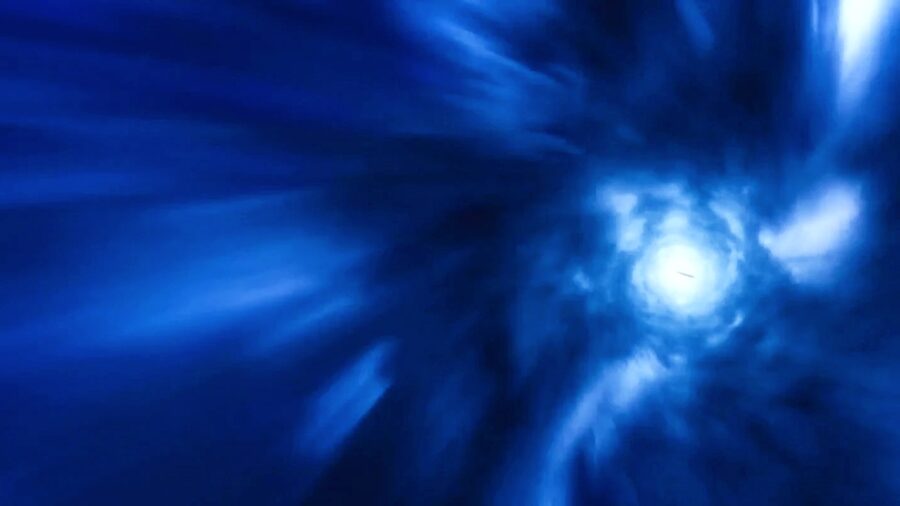
Speaking of Ford, he helped make the somewhat confusing term “make the jump to lightspeed” into a common geeky phrase. This is what we are seeing when those white lines begin streaking outside the cockpit of the Millennium Falcon. The ship is exiting realspace and entering hyperspace, and those white streaks are the stars going by at extreme speeds before the ships of Star Wars fully enter this new dimension (the accelerated speed making it seem like a true “jump” into another dimension).
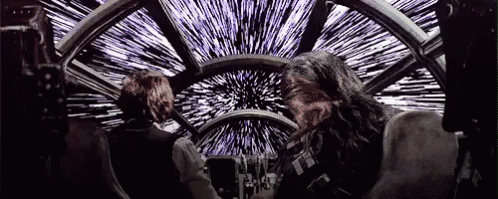
This brings us to the next logical question: when it comes to hyperspace, just how fast are the ships moving in Star Wars? Unfortunately, that’s a bit difficult to answer. Some writers previously tried to sketch ideas out in both the old West End Games Star Wars RPG and creative works in the Expanded Universe, but none of that is considered canon any longer.
Somewhat cynically, it would also be fair to say that hyperspace speeds in Star Wars are some of the last things fans should worry about. That’s because even Disney doesn’t worry too much about the internal consistency of these speeds. In fact, Gary Whitta, the co-writer of Rogue One, once admitted that “hyperspace moves at the speed of plot,” with writers essentially choosing what makes the most dramatic sense rather than what makes any kind of scientific sense (this is a far cry from Star Trek, where warp speed and many other ideas are bound by actual scientific principles).
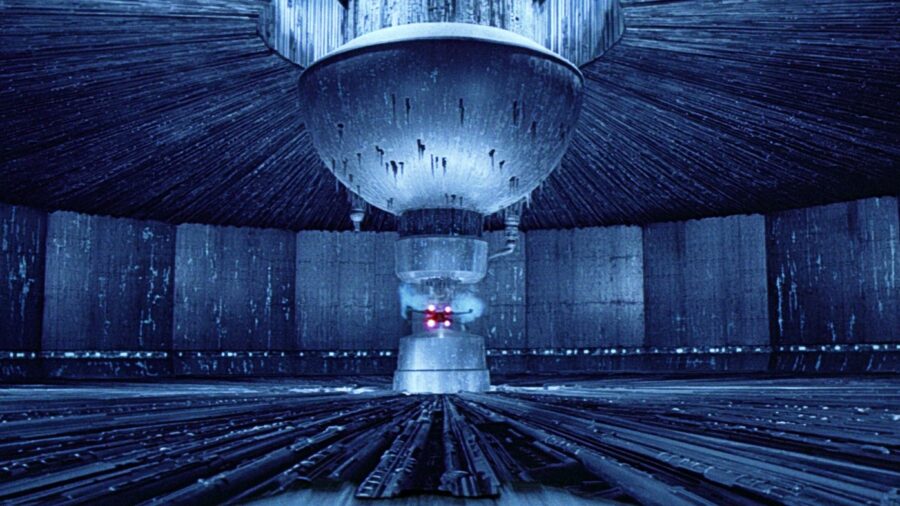
Speaking of science, everything about hyperspace but speed seems pretty well established in the Star Wars universe. For example, the hyperspace drive functions much like the warp drive in Star Trek: ships use this to access the hyperspace dimension, and the drive needs hypermatter to power it the same way a warp drive would need dilithium. While we don’t see characters onscreen talking about “hypermatter” too much, one common type is coaxium (we see Han Solo provide much of this to some rebels in Solo: A Star Wars Story).
One interesting difference between hyperspace and warp speed is that in Star Wars, characters place much more emphasis on the need to calculate the right jump. As Han Solo explains in A New Hope, making a jump without these calculations would risk running into something at high speeds. Even if that doesn’t destroy the ship and its crew outright, it would likely destroy their hyperdrive and leave them to wander in the vacuum of space until they die.
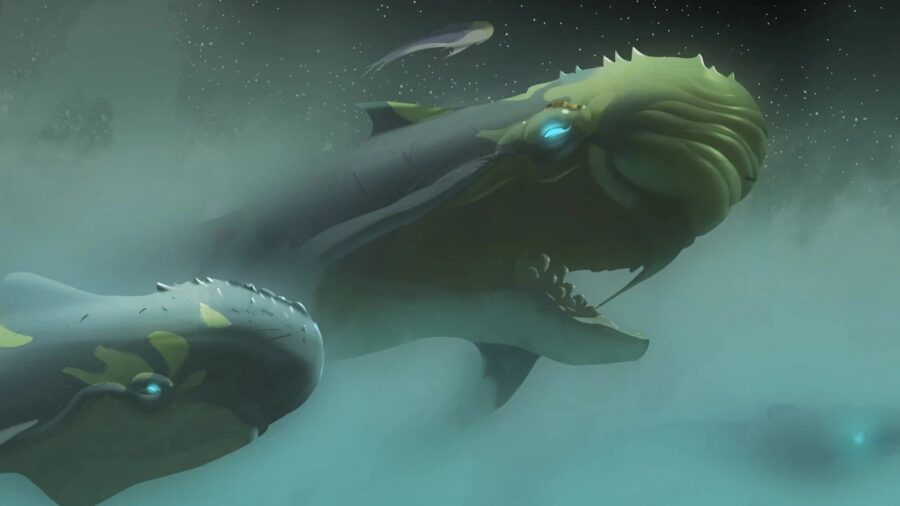
While we haven’t yet gotten a definitive idea of when hyperspace was introduced to the Star Wars universe, we do now know more about how it happened. In Star Wars: Rebels, we were introduced to spacefaring, whale-like creatures known as Purrgil that can access and travel through hyperspace naturally. While skilled navigators (especially those with access to The Force) were able to use hyperspace before, it was the ability to study and learn from the Purrgil that eventually made hyperspace travel a natural part of every developed civilization.
Overall, the funniest thing about hyperspace in the Star Wars universe is that we eventually got a major film plot point to help retcon some sloppy writing from George Lucas in A New Hope. In that original film, Han Solo infamously boasted about making the Kessel Run in “less than 12 parsecs.” Fans kept pointing out that parsecs measure distance and not time, so Solo: A Star Wars Story had Han take a shortcut so close to a giant black hole that he completed this famous run by traveling a shorter distance than anyone else ever had.












